These gluten-free sourdough burger buns are made without xanthan gum. They rely on psyllium husk to make them moist and strong without falling apart. These buns have a crust and a bit denser crumb, so if you are looking for very fluffy and soft buns you can check out my dinner rolls recipe but it does use xanthan gum to make the rolls extra soft!
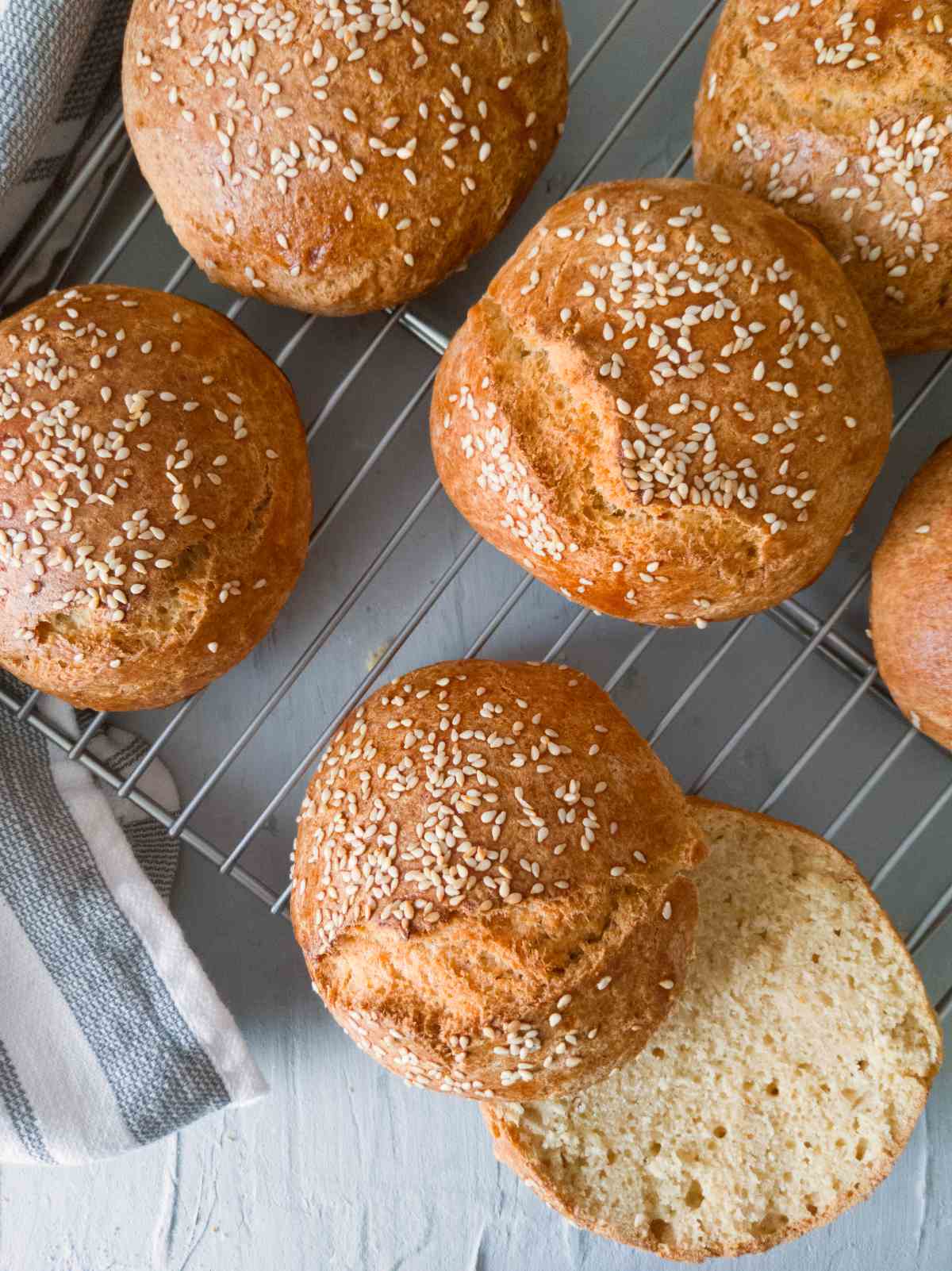
Jump to:
What Is Gluten-Free Sourdough?
Gluten-free sourdough is wild yeast that is made with gluten-free flour. Normally sourdough is not gluten-free if made with wheat flour so those intolerant to gluten can't have regular sourdough baked goods.
However, it is very easy to make a gluten-free sourdough starter from scratch! You can follow my gluten-free brown rice sourdough starter recipe or my millet starter recipe depending on what flour you have on hand!
Once you have an established sourdough starter you can start making bread with it. I have a fermented buckwheat bread recipe and a brown rice flour sourdough bread recipe.
However, as you start discarding the starter at every feeding, you will also be able to use the discard in recipes like these gluten-free sourdough discard cookies, sourdough banana pancakes, sourdough fry bread, gluten-free sourdough muffins, and more.
Ingredients
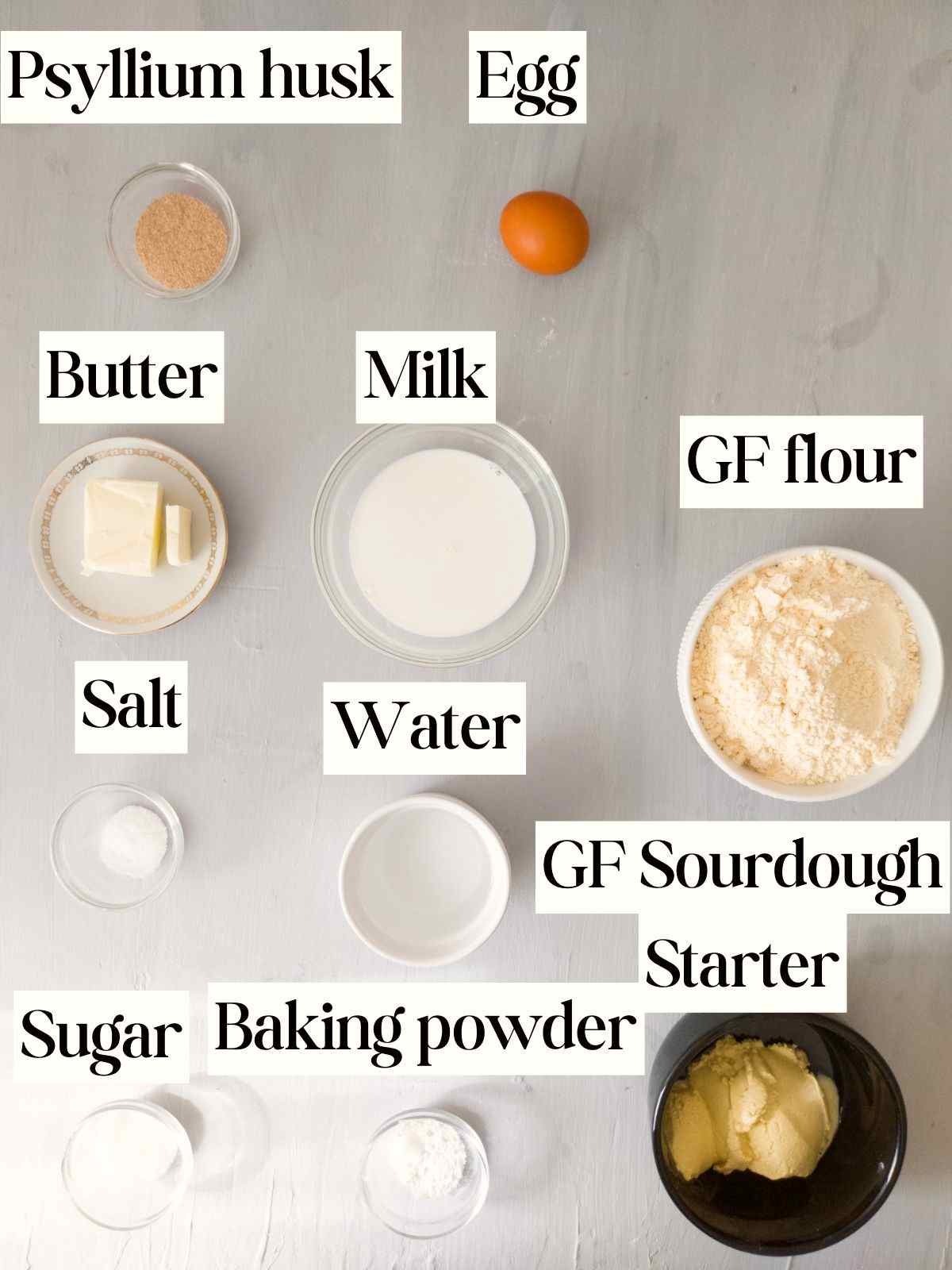
Gluten-free sourdough starter - you can use any kind of starter (made with any type of flour). Your starter can be any hydration %! If the starter you are using is very liquid, you might need to reduce the water a little bit. If you don't have a starter yet, here is a simple millet flour starter recipe. It is best to use a mature starter for this recipe but you can try it with sourdough discard as well!
Gluten-free flour - I used my gluten-free flour blend without rice but any gluten-free flour should work. The dough consistency might differ depending on the flour you use but you can always adjust the water/flour ratio if the dough becomes too sticky.
Psyllium husk - this ingredient ensures that the rolls are not crumbly, don't fall apart, and stay soft and moist. You can use either whole husks or powder. I recommend using coarse powder and not super fine one but you can work with either one! Check my psyllium husk for baking post for more details!
Baking powder - I add it for an extra rise. Check the package to make sure your baking powder is gluten-free. It will either use wheat flour or corn/potato starch. If it is using the starches then it is gluten-free.
Sugar - helps bacteria to grow and raise the dough. It is processed and consumed by bacteria so you are not getting much of the sugar in your buns!
Substitutes & Variations
Vegan Version
Skip the egg, use plant-based milk, and in place of butter use coconut oil.
Psyllium Husk
There is no good substitute for psyllium husk although some people try to use flaxseed meal. It might work to a degree but won't mimic psyllium husk 100%. If you are intolerant to psyllium husk I recommend looking for a different recipe that uses another binder by design!
Softer Buns
If you would like to have softer buns that are more fluffy and less crusty, check out my fluffy gluten-free sourdough rolls recipe instead! It uses both xanthan gum and psyllium husk to achieve its extra soft and fluffy texture. Otherwise, these burger buns are a bit more "bready" than the dinner rolls.
Step-By-Step Instructions
Step 1 - Mix the dough
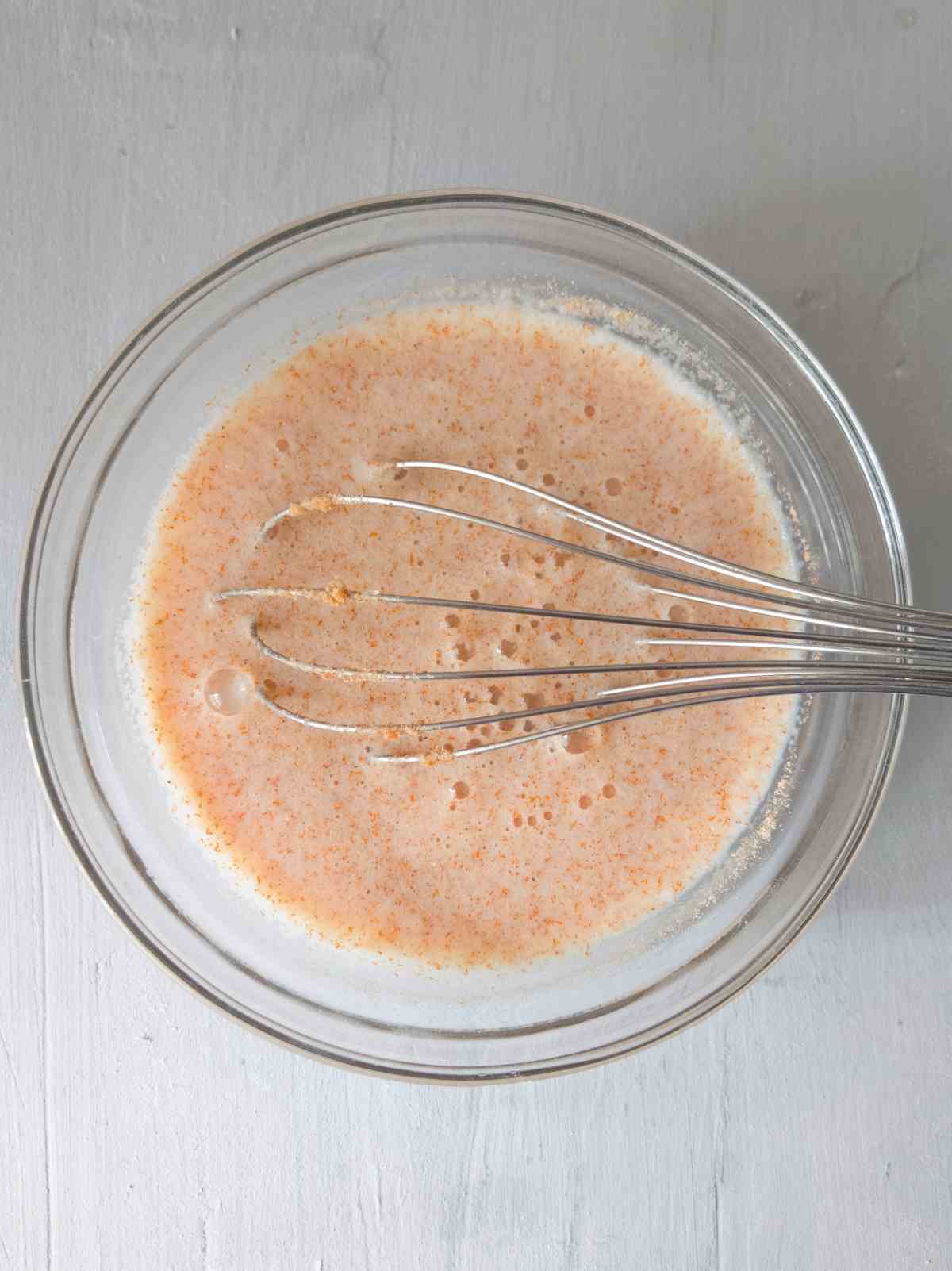
Add water, milk, sugar, and psyllium husk to a medium size bowl and whisk to combine. Let the mixture sit for 1-2 minutes to form a gel.
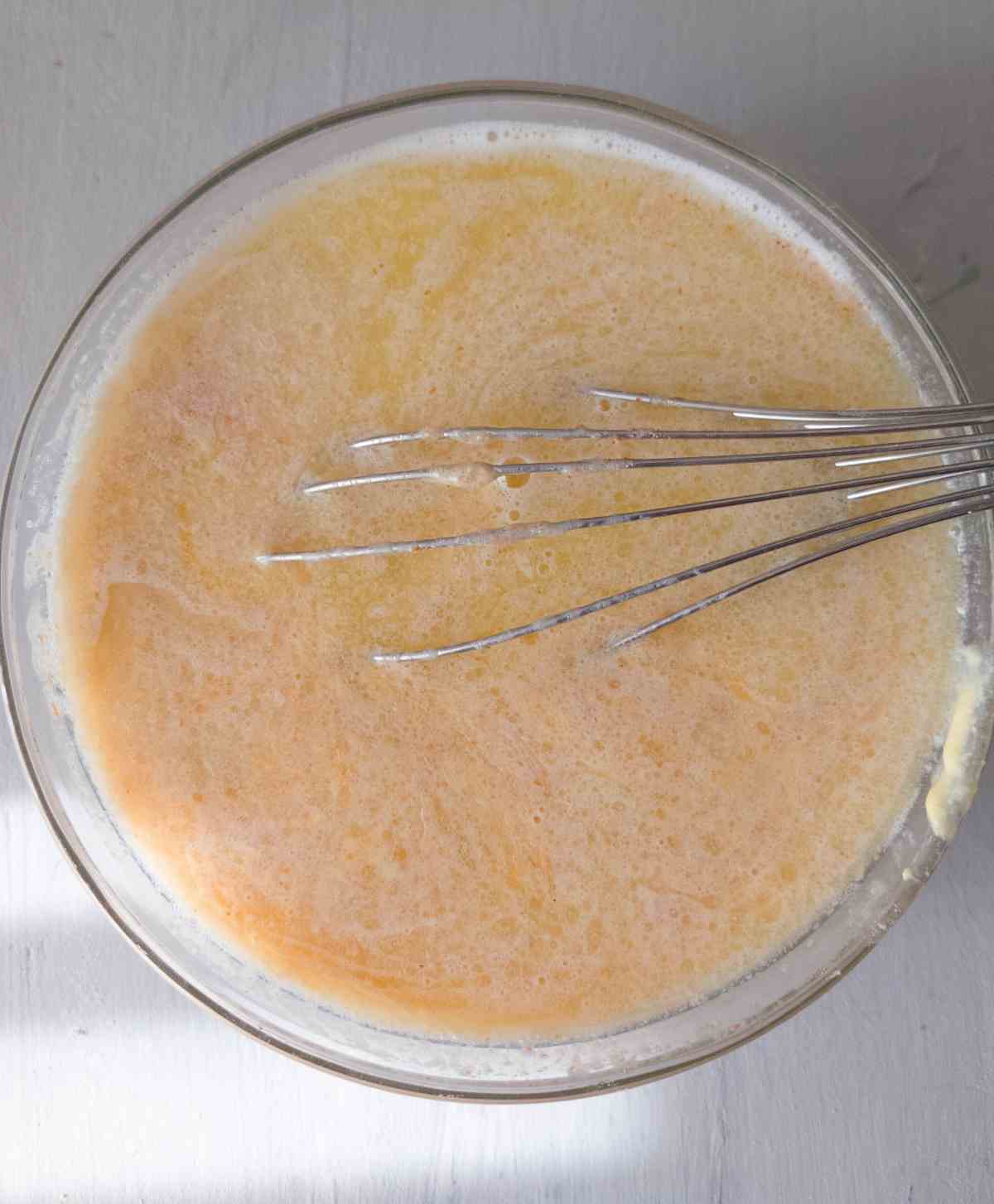
Once psyllium gel has formed, add the sourdough starter, the egg, and melted butter to the bowl and whisk to incorporate. You can melt the butter in a microwave! Make sure the butter is not piping hot when you add it to the rest of the ingredients.

In a large mixing bowl combine all the dry ingredients and whisk to bring them together.
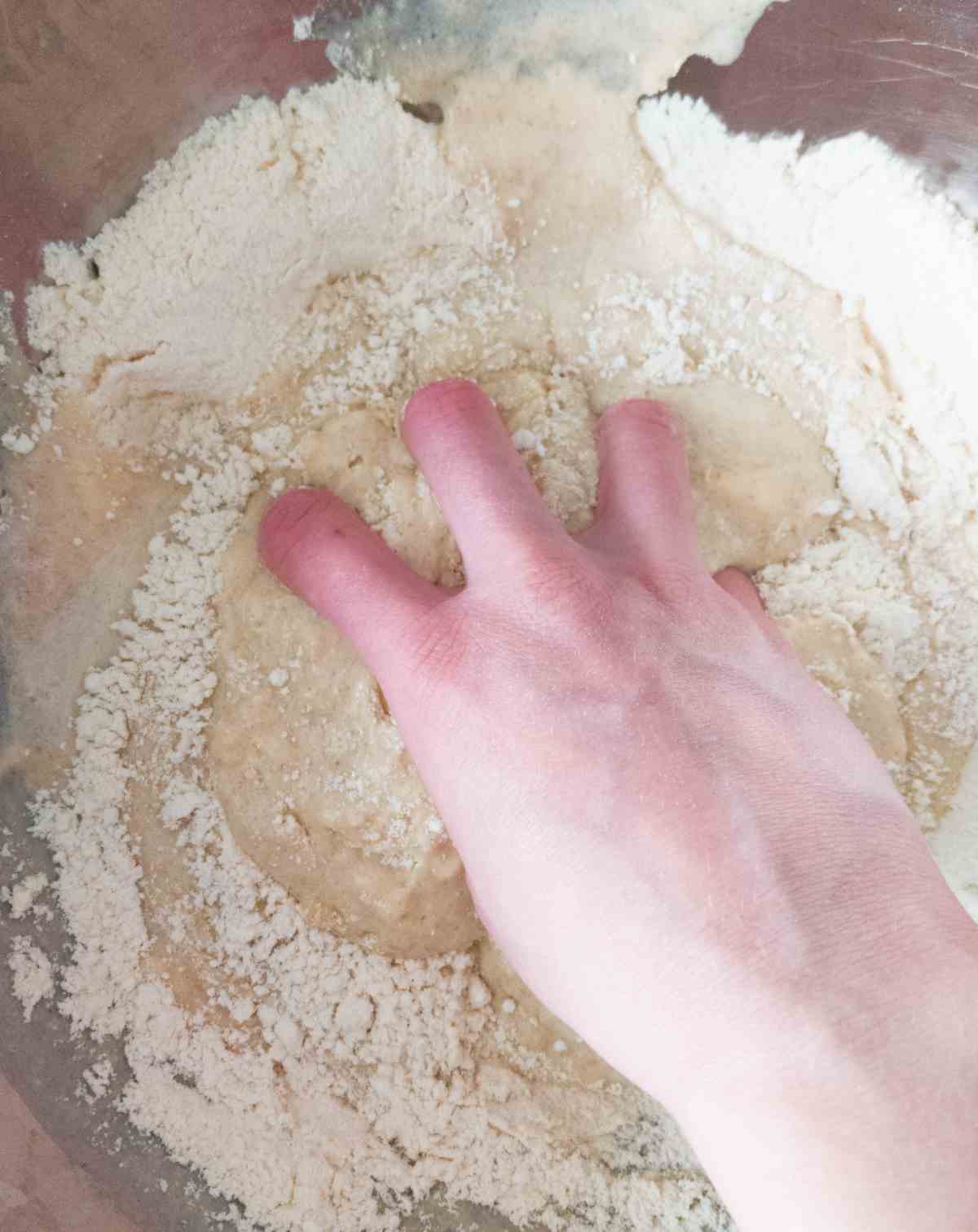
Then, add the liquid ingredients to the bowl with flour and mix by hand until all flour is incorporated.
Step 2 - Shape the buns
Let the dough sit for 5 minutes to absorb the liquids. In the meantime prepare a baking sheet lined with a piece of parchment paper. Then, to ensure all rolls are the same size, you can weigh the dough on a digital scale and divide the weight by 6.
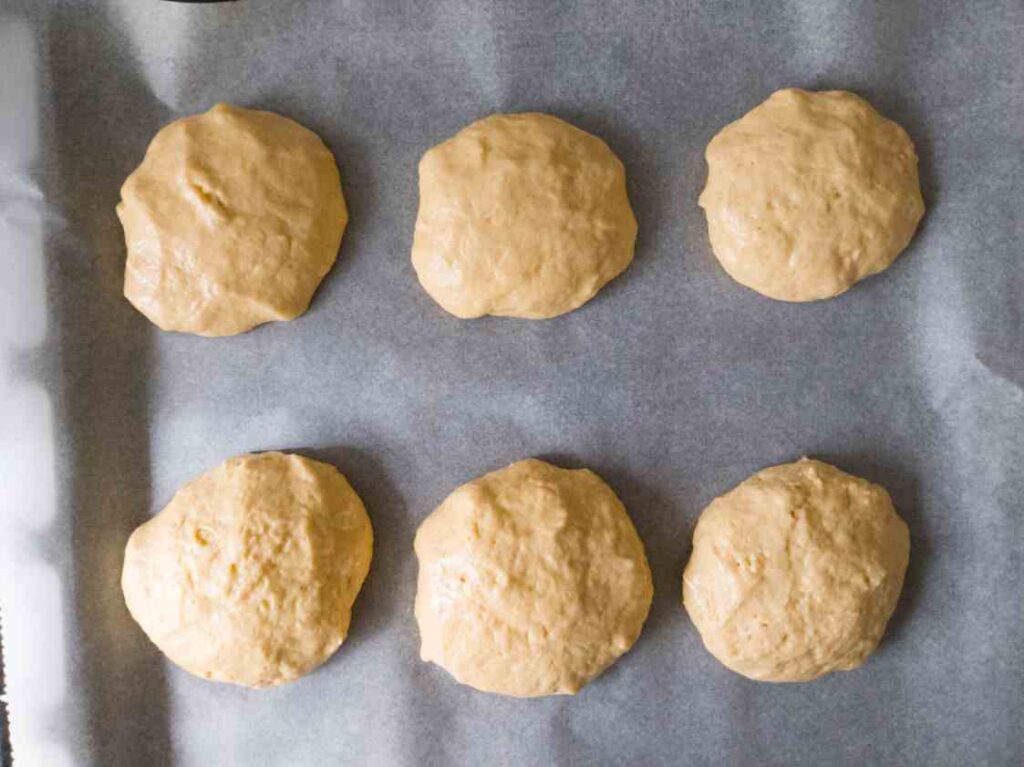
Grease your hands with oil to prevent the dough from sticking. Then, separate the dough into 6 equal parts and shape them into balls with your hands. Don't worry if the dough seems to be a bit too sticky, just grease your hands more to be able to work the dough. Consider adding more flour only if your rolls are spreading and flowing into each other when you place them onto the baking sheet.
Cover the rolls with a tea towel and let them ferment for 3.5-4 hours.
Step 3 - Bake
20-30 minutes before the buns are done fermenting, start preheating the oven to 450F/230C. Place a dish with water in the bottom of the oven to create extra steam for the buns.
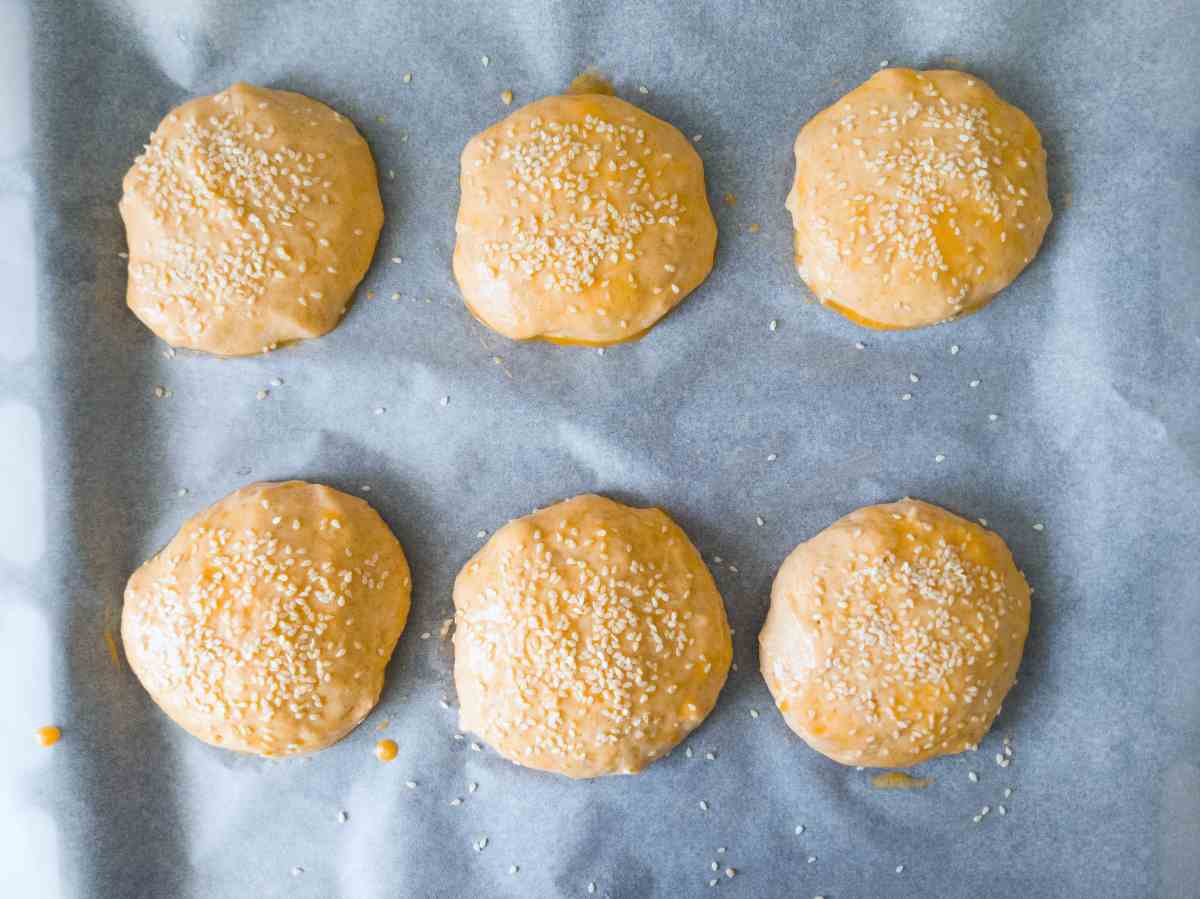
Prepare the egg wash by whisking one egg with a fork in a small bowl. Brush the buns with a silicone brush or a baking brush and top with sesame seeds or toppings of choice.
Bake the buns for 20 minutes, then cover them with foil to prevent burning and bake for additional 10 minutes. Check your buns after the 20-minute mark to make sure they are not browning too much.
Once ready, transfer the buns onto a cooling rack and preferably let them cool completely but I have eaten these buns while warm and they were just as good!
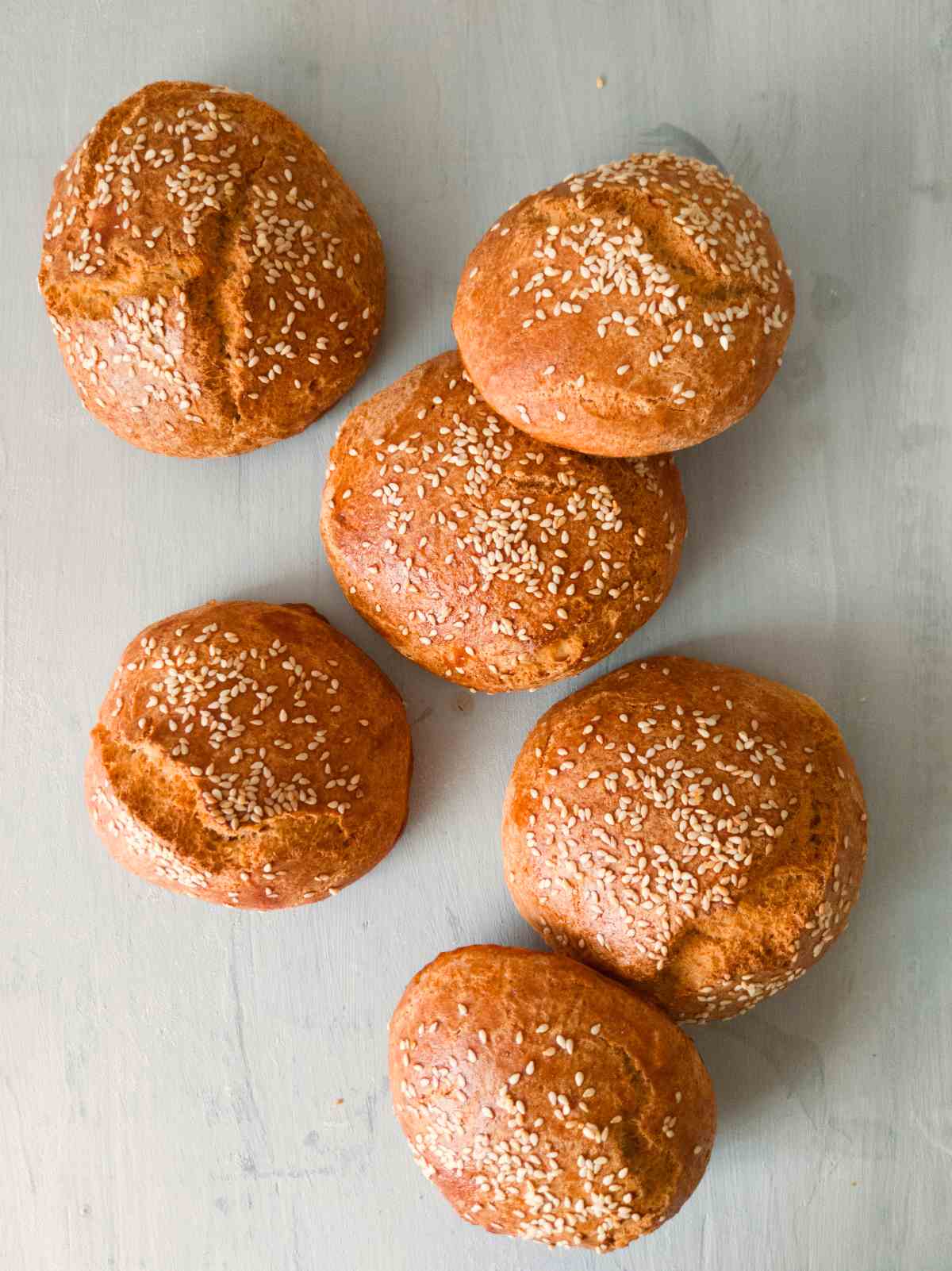
How to Store
You can store these hamburger buns at room temperature for 2-3 days, in the refrigerator for 4-5 days, and in the freezer for up to 3-4 months. It is best to keep the buns in a textile bread bag to prevent them from drying out. If you freeze the buns, place them in a freezer bag or an air-tight container.
Expert Tips
- Don't add extra flour if the dough seems a bit sticky. Rather, grease your hands to prevent excessive sticking.
- If you are using a different type of GF flour, your dough might have a different consistency. Only add extra flour if your buns are not holding shape at all, spread on the paper, and flow into each other. If they only spread a little bit without flowing into other buns, that is okay! No need to add more flour.
- If you like a rather sweet flavor in hamburger buns, add an extra tablespoon of sugar.
- You can top the buns with sesame seeds, poppy seeds, or other seeds you like!
FAQ
Sourdough is only gluten-free if it is made with gluten-free flour, otherwise, it is not gluten-free!
You need to have both GF flour and starches in order to have a good texture in your bread. You can use a premade mix or mix your own flour. I have a potato-free flour blend you can try or this rice-free flour mix.
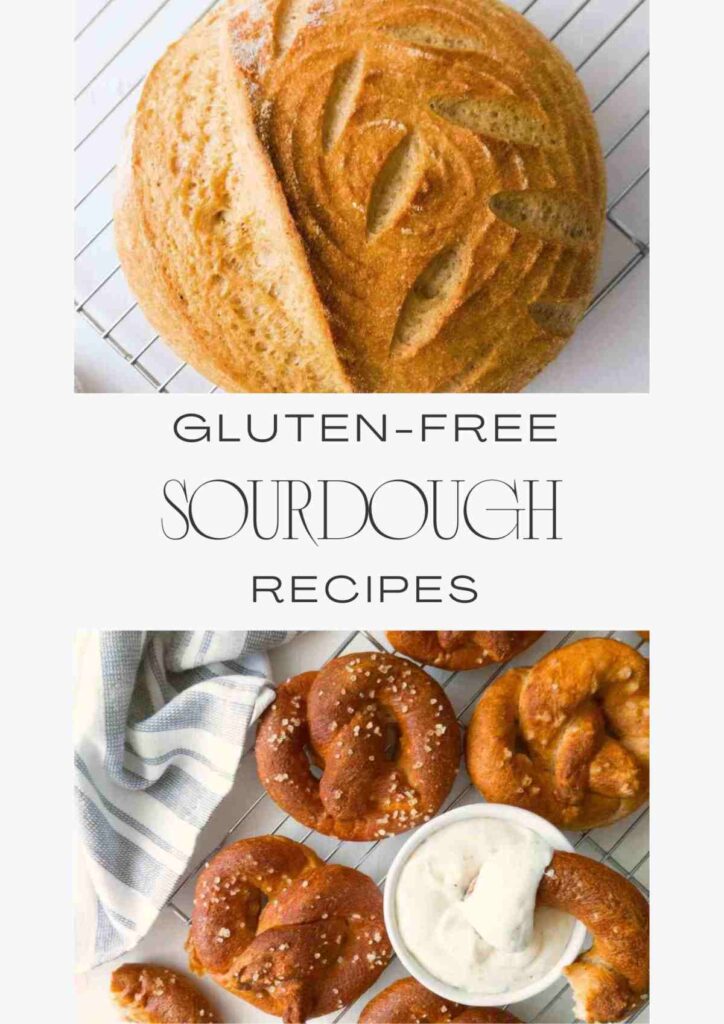
Get my GF sourdough recipes eBook
The top 16 recipes of 2024!
📖 Recipe
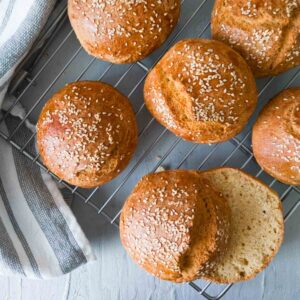
Gluten-Free Sourdough Hamburger Buns
Ingredients
- ½ cup milk use plant-based if needed
- ½ cup water room-temperature
- 1 tablespoon sugar for the yeast
- 15 grams psyllium husk whole husks, 10g if using powder. If you only have super fine powder refer to my psyllium husk in baking guide.
- ½ cup (130 grams) sourdough starter mature starter is best but you can use discard if necessary
- ¼ cup (57 grams) butter melted
- 1 egg room-temperature
- 2½ cups (350 grams) gluten-free flour I used my millet flour mix
- 2 teaspoon (4 grams) baking powder check the package to make sure it is GF
- 1 teaspoon (5 grams) salt
Instructions
Mix the dough
- Add water, milk, sugar, and psyllium husk to a medium size bowl and whisk to combine. Let the mixture sit for 1-2 minutes to form a gel.
- Once psyllium gel has formed, add the sourdough starter, the egg, and melted butter to the bowl and whisk to incorporate. You can melt the butter in a microwave! Make sure the butter is not piping hot when you add it to the rest of the ingredients.
- In a large mixing bowl combine all the dry ingredients and whisk to bring them together. Then, add the liquid ingredients to the bowl with flour and mix by hand until all flour is incorporated.
Shape the buns
- Let the dough sit for 5 minutes to absorb the liquids. In the meantime prepare a baking sheet lined with a piece of parchment paper. Then, to ensure all rolls are the same size, you can weigh the dough on a digital scale and divide the weight by 6.
- Grease your hands with oil to prevent the dough from sticking. Then, separate the dough into 6 equal parts and shape them into balls with your hands. Don't worry if the dough seems to be a bit too sticky, just grease your hands more to be able to work the dough. Consider adding more flour only if your rolls are spreading and flowing into each other when you place them onto the baking sheet.
- Cover the rolls with a tea towel and let them ferment for 3.5-4 hours.
Bake
- 20-30 minutes before the buns are done fermenting, start preheating the oven to 450F/230C. Place a dish with water in the bottom of the oven to create extra steam for the buns. Bake the buns for 20 minutes, then cover them with foil to prevent burning and bake for additional 10 minutes. Check your buns after the 20-minute mark to make sure they are not browning too much.
- Once ready, transfer the buns onto a cooling rack and preferably let them cool completely but I have eaten these buns while warm and they were just as good!

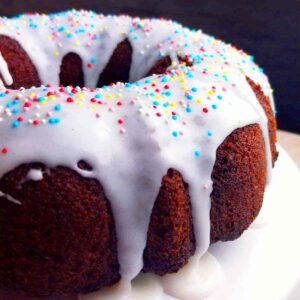

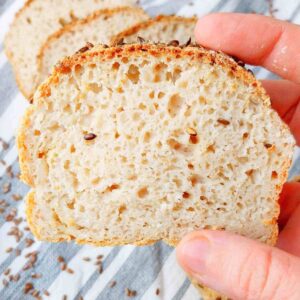
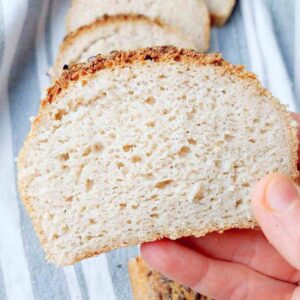
Jeandrine
Ik heb ze gebakken en ze zijn super goed gelukt!
Een broodmix gebruikt als meelsoort.
Ik heb “discard” gebruikt en verder precies het recept gevolgd.
Stephanie
can these be frozen to use at a later date?
Natasha Levai
Yes!
Kimberlee
Hi there! I'm.new to the whole sourdough thing and am trying these buns because store bought gf buns are horrid. Is it ok if they ferment overnight?
Natasha Levai
Absolutely!
Mackenzie Baker
Can I leave out pysillium husk if my GF flour mix already has it in there?
Natasha Levai
I doubt that the flour mix will have enough psyllium husk for the recipe! You can reduce psyllium husk to a degree, it depends on how much psyllium is in the mix.